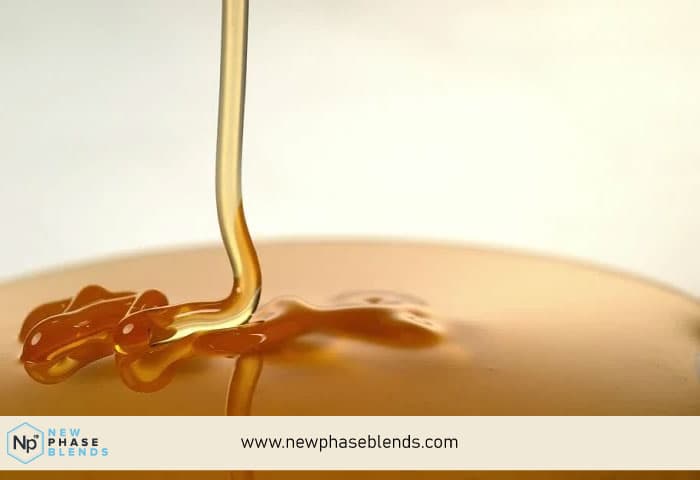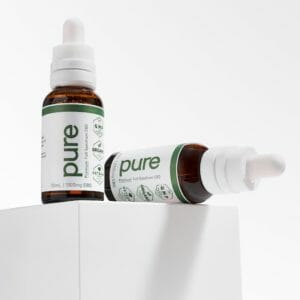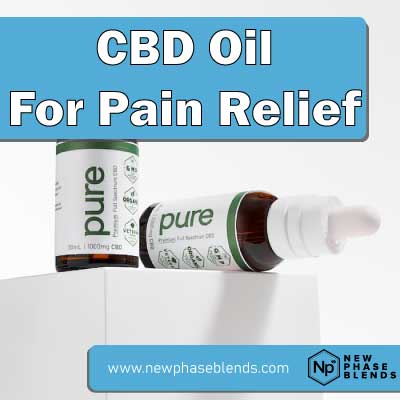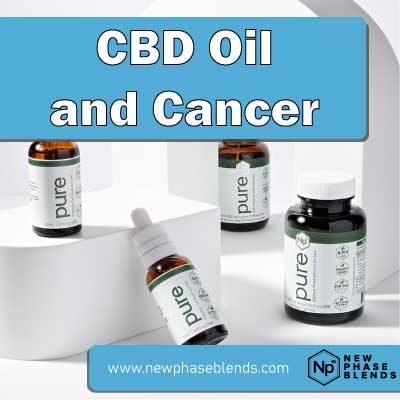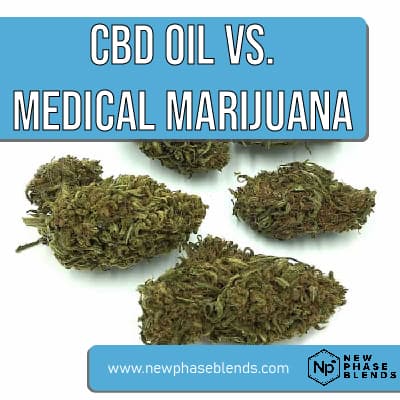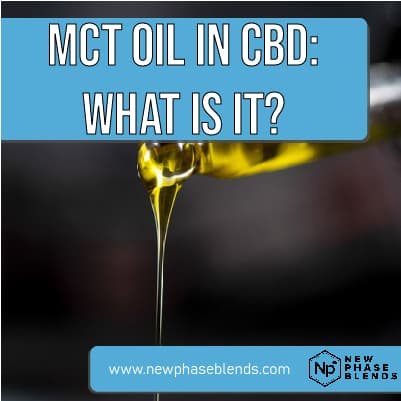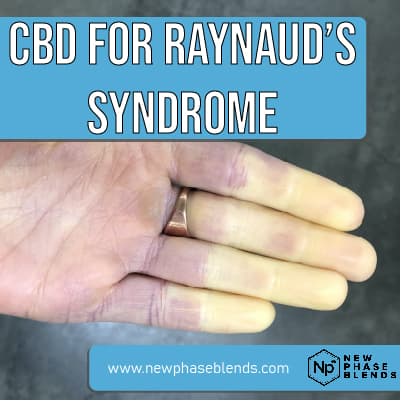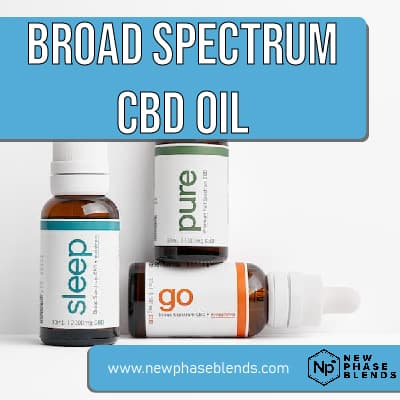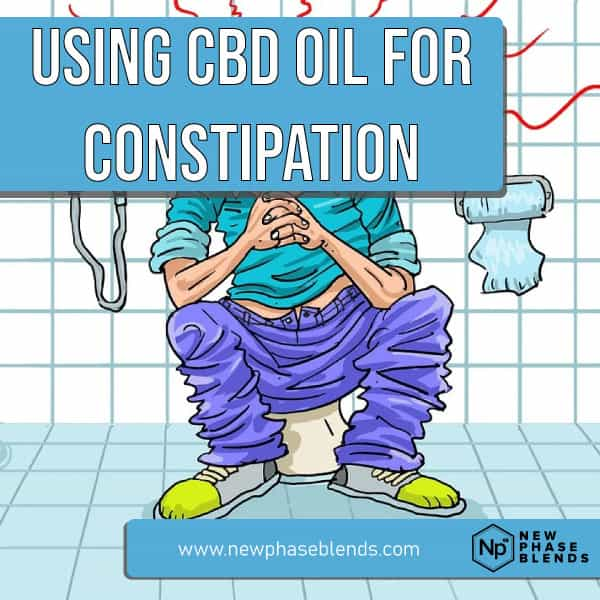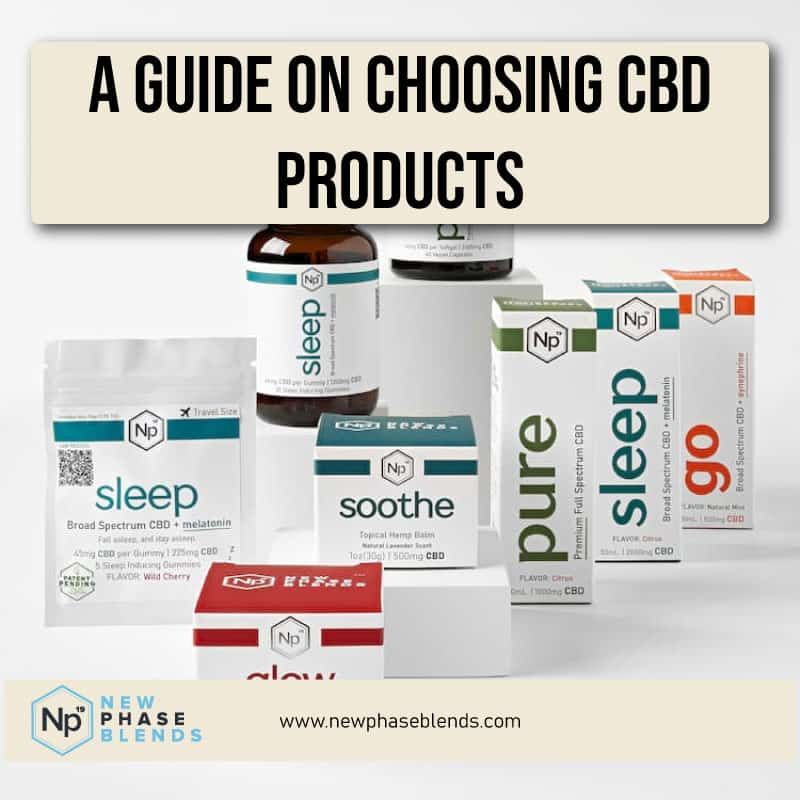Cannabidiol (CBD) oil has gained significant popularity for its potential health benefits, including managing anxiety, reducing inflammation, and improving sleep. While commercial CBD products are widely available, many individuals are interested in creating their own CBD oil at home. This comprehensive guide will walk you through the entire process of making CBD oil, providing expert insights, practical tips, and essential safety considerations.
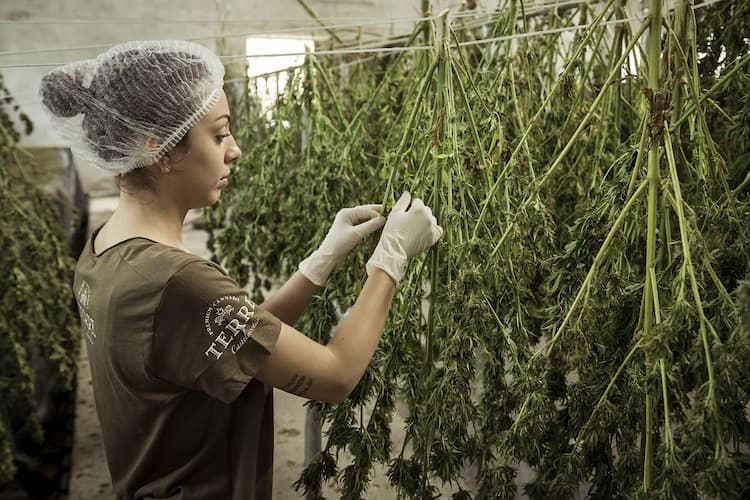
Understanding CBD Oil: The Basics
What is CBD Oil?
CBD oil is a concentrated extract derived from hemp plants, containing cannabidiol as the primary active compound. Unlike THC, CBD is non-psychoactive and is extensively studied for its potential therapeutic properties.
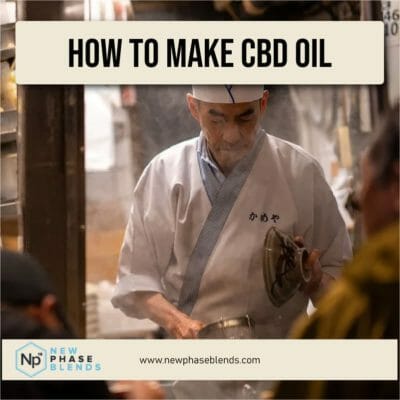
Legal and Safety Considerations
Before beginning your CBD oil production:
- Verify local legal regulations regarding hemp and CBD production
- Ensure you’re using hemp-derived CBD with less than 0.3% THC
- Source high-quality, lab-tested hemp flowers from reputable suppliers
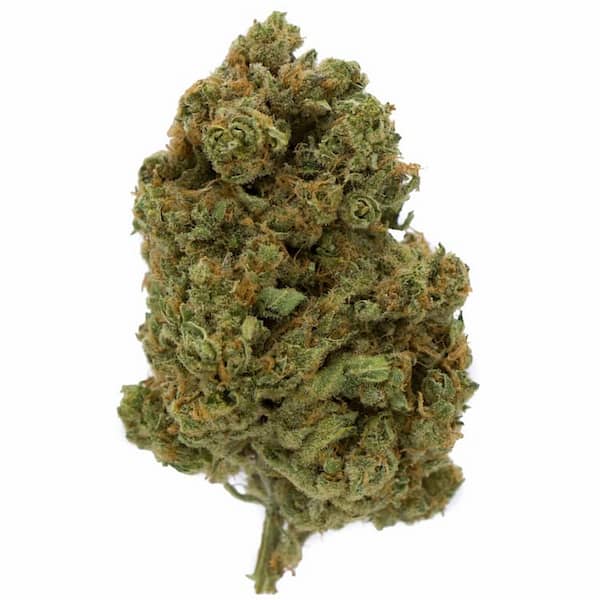
Essential Equipment and Ingredients
Required Materials
- High-CBD hemp flower (preferably from indoor-grown, organic sources)
- Carrier oil options:
- MCT oil (recommended for highest absorption)
- Coconut oil
- Olive oil
- Hemp seed oil
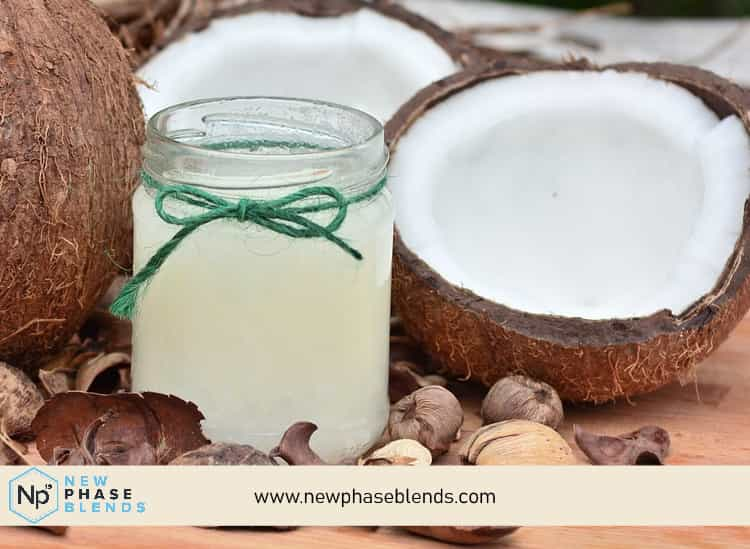
Recommended Equipment
- Precision cooker or slow cooker
- Thermometer
- Fine mesh strainer
- Glass jars for storage
- Cheesecloth
- Grinder
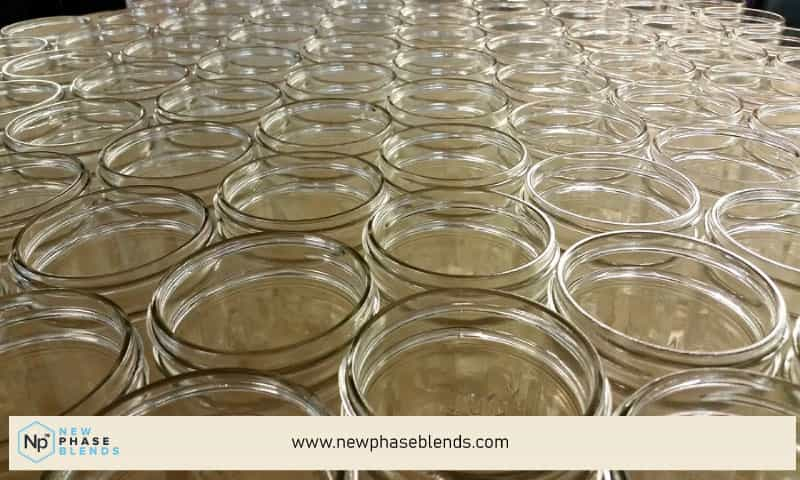
CBD Extraction Methods
Method 1: Slow Cooker Extraction
Decarboxylation Process
- Grind hemp flowers coarsely
- Heat at 280°F to activate cannabinoids
- Convert CBDA to active CBD
Infusion Steps
- Combine decarboxylated hemp with carrier oil
- Slow cook at low temperature (ideally below 200°F)
- Strain and store in a cool, dark place
Method 2: Alcohol Extraction
Safety Precautions
- Work in a well-ventilated area
- Avoid open flames
- Use food-grade, high-proof alcohol
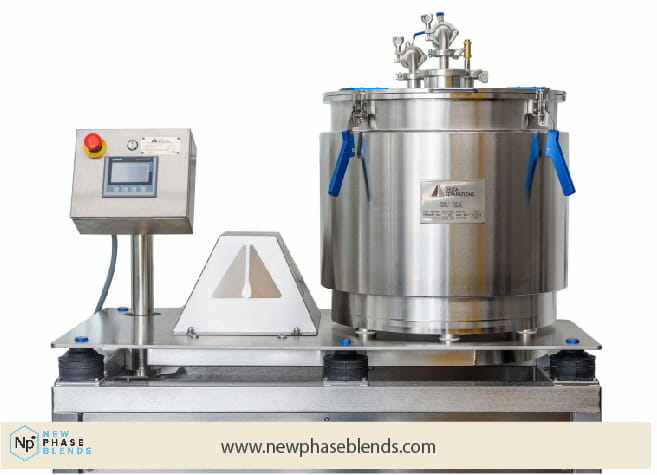
Extraction Process
- Soak hemp flowers in high-proof alcohol
- Stir and extract for 10 minutes
- Strain and evaporate alcohol carefully
- Combine resulting extract with carrier oil
Maximizing Your CBD Oil Quality
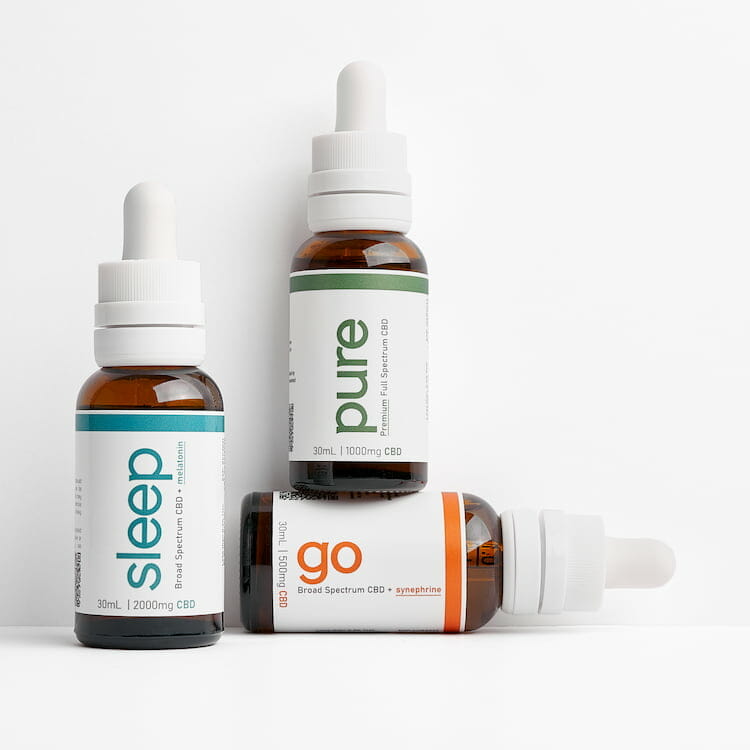
Pro Tips
- Use organic, high-CBD hemp flowers
- Choose carrier oils with high fat content
- Experiment with different extraction ratios
- Store in cool, dark conditions
- Label with extraction date and ingredients
Dosage and Usage
- Start with small amounts
- Use under the tongue for best absorption
- Consult healthcare professionals for personalized guidance
Advanced Applications
Beyond Oil: Creative CBD Uses
- Cooking infusions
- Skincare products
- Potential therapeutic applications

Common Challenges and Solutions
Troubleshooting Your CBD Oil Extraction
- Weak potency: Adjust decarboxylation time
- Unpleasant taste: Add herbal extracts
- Inconsistent results: Use precise temperature control
Conclusion: Is Homemade CBD Oil Right for You?
Making CBD oil at home can be a rewarding experience, offering:
- Greater control over ingredients
- Deeper understanding of extraction processes
- Potential cost savings
- Customization options
However, commercial products offer consistent quality and professional testing. Consider your skill level, time, and resources before committing to home production.
